

You’ve inevitably seen countless photos of people in the midst of picturesque van life: back doors flung wide to sand and sky, or a rolling mountain vista. Or perhaps it’s the Insta-perfect bed strewn with throw pillows and a nearby bandana-wearing dog.
Videos by Outdoors with Bear Grylls
These scenes can be true. But van life can be much more and less than that. In my case, it meant a return to simplicity. Here’s how it happened.
My first ‘van’: A class-B RV
Years ago I had the opportunity to rent a class-B RV with a friend (roughly the size of a sprinter van) and drive it from San Francisco to Joshua Tree National Park—and back up along the California coast.
The ‘van’ had a generator for heat and a well-appointed kitchen (think mini-fridge and stove top), and an en-suite toilet and shower. It also had soft leather seats that could swivel or fold down into a table.

It was nice to have a warm bed at night when the mercury dipped below 30°F, and the van could comfortably handle winding roads and regular-sized parking spots.
The trip was my first to Joshua Tree, too—and it was amazing having what felt like a private, tiny home in the middle of a national park. We went rock climbing and exploring whenever we wanted, and the park’s silence, Seuss-like trees and stars made it an adventure.
Luxurious isn’t quite the word to describe it—but while my first taste of fancy-ish ‘van life’ might appeal to some travelers, it was a little too plush for me. I yearned for something a little more wild.
The next wheels: a barebones converted van
My next attempt at van life involved a then boyfriend and his 2008 Ford Econoline. He’d removed the rear seats and installed a wooden ‘bunk bed’ complete with memory foam mattresses (which routinely froze). We used a Yeti cooler as a fridge and a ‘kitchen counter’ and cooked meals with a Jet Boil camp stove. It was just the more wild I was looking for.
We stashed our bags on the bare floor—which was often wet from mud or ski boots. We’d try to keep it relatively clean by tucking our gear in the door well when we could.
And even though the van only had rear-wheel drive, we drove it in the snow. It was all fairly low-key but I liked the grit. This van-with-no-name helped me to understand that I could create adventures anywhere—and it gave me a taste of freedom.
My ex and I first ventured up into the canyons above Salt Lake City for day trips, and the van became a snack spot of sorts. After a big hike, we’d settle into one of the bucket seats for chips and beer. Somehow van beer always tasted much better than not-van beer.

We quickly graduated to an overnight trip at the Grand Canyon, first stopping to spend the night along the North Rim before entering the park.
It was October and snowing and my first time sleeping ‘out’ in the cold. Even though it would have been warmer to sleep next to my boyfriend, the setup in place had one of us rolling off the bed if we slept side-by-side, so instead I slept on the top ‘bunk.’ I dressed much as I would for skiing: breathable base layers, long wool socks, a fleece zip-up and down jacket. I also wore a wool hat and gloves, and zipped a sleeping bag rated down to 0°F over my face.
I slept like a baby.
A lesson well-learned: BLM dispersed camping
Before travelling in the no-name van, I typically camped in assigned sites or with a permit in the backcountry. But my ex taught me about dispersed camping, which typically involves an unmarked campsite or flat area off of a secondary road. The Bureau of Land Management (BLM) allows camping in these areas for up to 14 days within a 28-day period, and the same rules with typical campgrounds (not leaving trash, refuse, etc.) apply.
Dispersed camping became one of my favorite learned secrets and another step toward freedom. We could sleep right outside Zion National Park, for example, without having to book a site in advance.
Adventuring on my own: Ford Transit Connect
When my relationship with my ex ended, he took his van with him (obv), and I mourned the loss of our trips. It had been so nice to just jump in the van and go. We never had to spend time setting up a tent and could easily explore even the twistiest roads.
Soon I started shopping for my own van. I liked the idea of being able to travel and camp—and I could have the security of sleeping in a locked vehicle while out on my own.
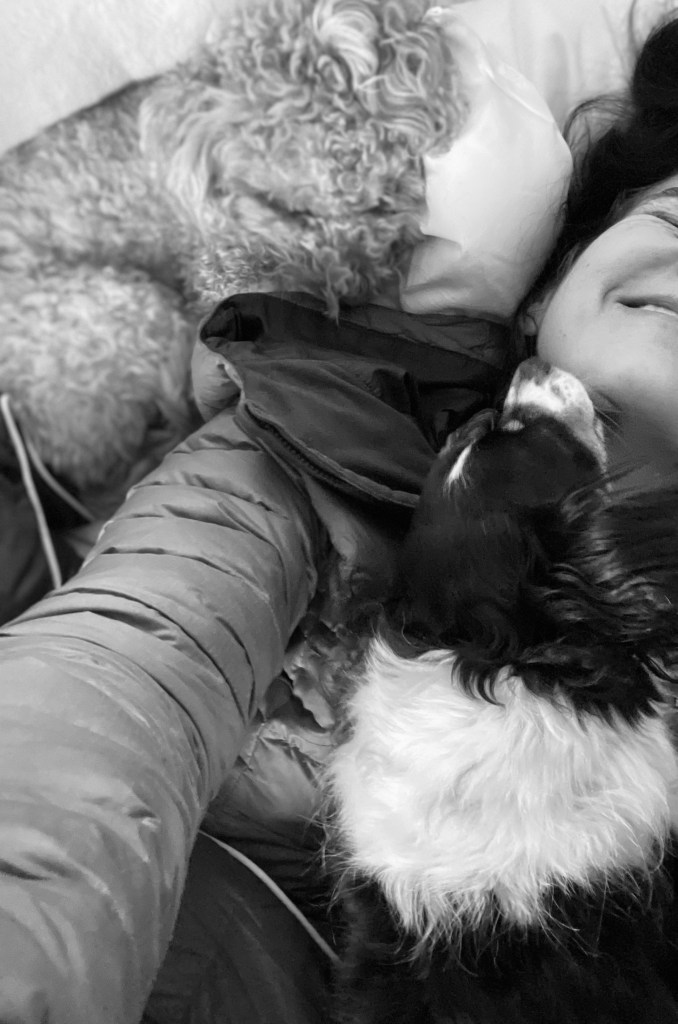
I chose a Ford Transit Connect because it was easy to drive and big enough for myself and two dogs. (It was also big enough for two people to sleep in—though it would’ve been tight with the four of us for an extended period of time.)
I named my van ‘Little Wing’—a nod to a favorite song by Jimi Hendrix and to the fact that it allowed me to ‘fly.’ I purchased a narrow folding mattress, small rug and five-day cooler, which doubled as a desk. And I made reflective covers for my back windows to create privacy, which I could easily attach and remove via magnets. I mounted a battery-operated fan to one of the walls to help with summer heat. And of course, I set up some string lights, because ambiance is non negotiable.
I researched (and started saving for) installing an RV fan in the ceiling, and looked into solar panels for the roof to take care of needed power.
I drove across the country a few times with my dogs and enjoyed the ability to nap whenever I was tired. I visited Zion and other nearby parks on my own in Utah, too.
It didn’t take me long to understand how I really felt about it all. Camping on my own in the van started to feel lonely. And I didn’t always feel safe when I’d stop at a roadside restaurant or convenience store. I also, for some reason, would sometimes feel better and cleaner sleeping in a tent. Outside in the wilds, with the fresh air and bird calls.
Back in the tent
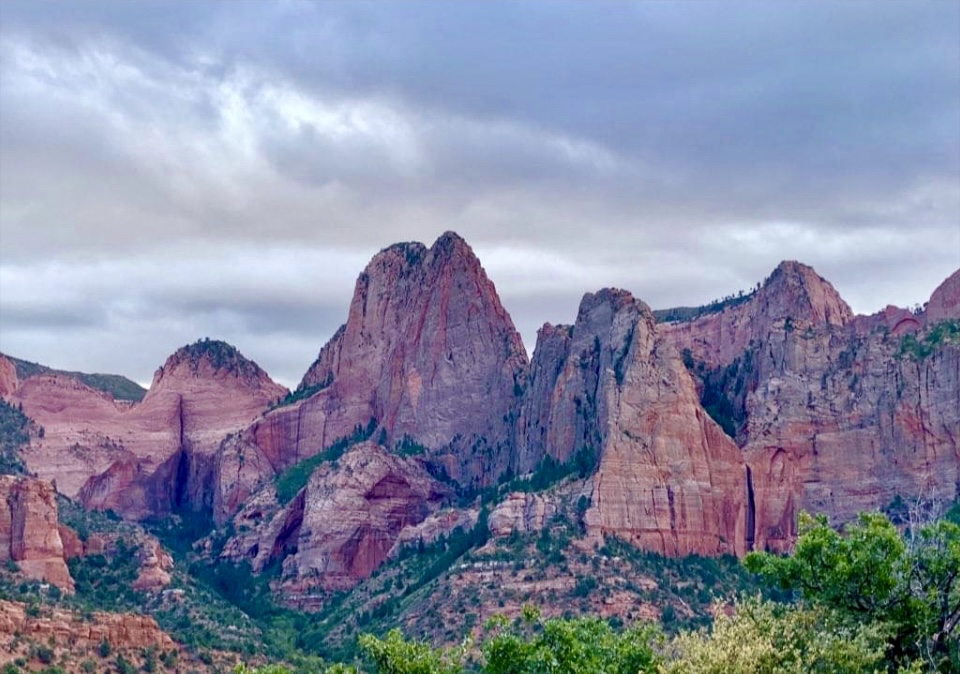
I ended up selling Little Wing a year ago. I didn’t want to carry the extra car payment and truly no longer wanted to van-camp on my own. I also really love backpacking and tent camping. So in a way, I returned to simplicity, which is what I like.
One incredibly important thing I learned from my short foray into van life, however, is that I could make it work on my own. I also realized that freedom is something we create—and that means you can find it anywhere.



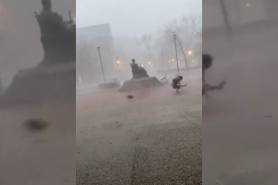
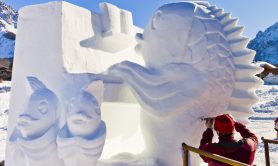
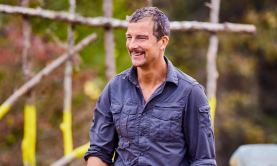
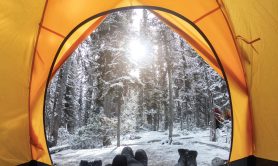
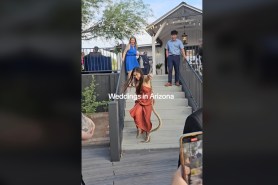
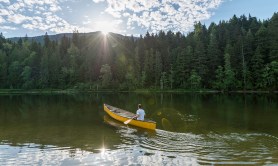

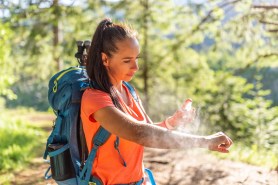
Pingback: The Dos and Don’ts of Van Life and Car Camping in the Winter – Campinghot